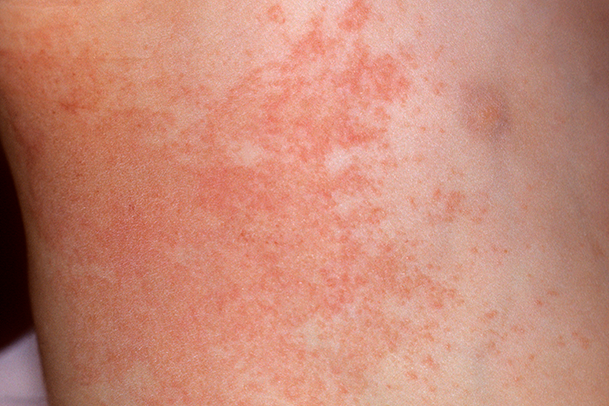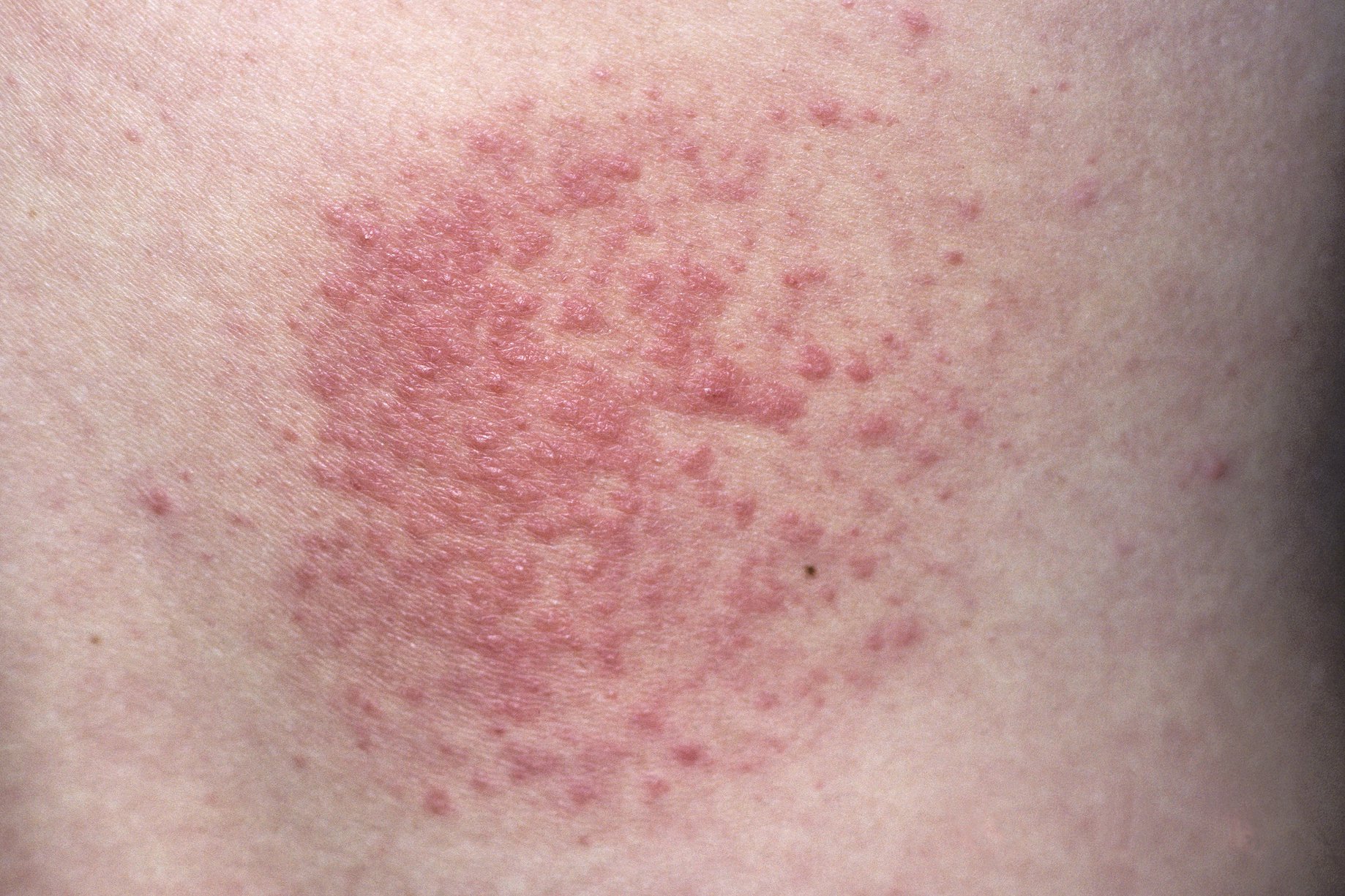

#DOES HEAT RASH ITCH MORE AT NIGHT SKIN#
When a rash caused by skin lymphoma (also referred to as cutaneous lymphoma) is in its early stages, it often presents as small patches of dry, red skin on the torso, buttocks or another area of the body. What’s more, another type of lymphoma that starts elsewhere in the body and then spreads to the skin is not skin lymphoma. It’s important to note that although skin lymphoma develops in the skin, it’s not a type of skin cancer. The most common form of T-cell skin lymphoma-accounting for almost half of all skin lymphoma cases-is mycosis fungoides (MF). There are various types of skin lymphoma, including T-cell skin lymphoma and B-cell skin lymphoma. For instance, skin lymphoma-a type of non-Hodgkin lymphoma-can cause skin irritation. Other issues specific to the location of the lymphoma, such as chest pain, difficulty breathing, or a feeling of being fullĪlthough Hodgkin lymphoma generally doesn’t cause a rash, other forms of lymphoma can.

Physical, mental or emotional exhaustion.A low-grade fever accompanied by chills.Lymph node swelling, particularly in the neck, armpits, stomach or groin.

In addition to itchiness triggered by the release of cytokines, individuals with Hodgkin lymphoma may experience the following symptoms : Patients often report that the itching tends to worsen while they are lying in bed at night. Many individuals experience this itchiness in their hands, lower legs or feet, while others feel it throughout their entire body. Cytokines can irritate nerve endings in the skin, which can in turn cause persistent itching. Researchers believe the itchiness is caused by cytokines, which are chemicals released by the body’s immune system in response to lymphoma. Although certain other types of lymphoma can cause skin irritation, this symptom is fairly uncommon with Hodgkin lymphoma, which sometimes produces pruritus (itchiness) without a rash. If you’re experiencing a skin rash, you may be wondering what’s causing it and whether it could be a sign of Hodgkin lymphoma.


 0 kommentar(er)
0 kommentar(er)
